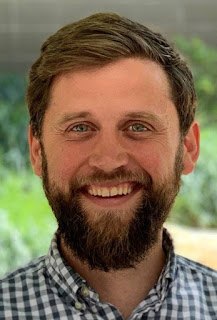There are so many
different methods and techniques of meditation. Which is best?
Well, a good answer is
that question is, whichever works for you. However, let's explore the subject of meditation a bit further.
As for me, I like what
that great iconoclast and saboteur of conventional wisdom J. Krishnamurti, pictured below, had
to say about the matter. He warned against using any sort of method or
technique, for all such things are simply conditioning, thought and the past. In
my posts on this blog I have often recounted the following famous Zen story. A disciple says to
the master, ‘I have been four months with you, and you have still given me no
method or technique.’ The master says, ‘A method? What on earth would you want
a method for?’ The disciple says, ‘To attain inner freedom.’ The master roars
with laughter, and then says, ‘You need great skill indeed to set yourself free
by means of the trap called a method.’
Krishnamurti spoke and wrote much on the subject of meditation even though he never taught any particular system or type of meditation other than the awareness of both the world and the whole movement of oneself. True meditation, he would say, is a choiceless awareness applied it to one’s whole day, indeed one’s whole life. In a similar vein Alan Watts wrote that meditation is ‘the discovery that the point of life is always arrived at in the immediate moment’.
Meditation is being
aware of every thought and feeling, just watching and moving with them, without
judgment, but only with choiceless awareness. It occurs when the mind
understands its own movement as thought and feeling with complete attention,
for meditation demands an extraordinarily alert mind, a state of mind which
looks at everything with complete, but bare, attention, a state of mind
that is entirely free and unconditioned.
Krishnamurti saw meditation as a lifelong inquiry into what it means to be truly present and aware. Meditation occurs when you live in the action of the present moment, as opposed to the so-called present moment itself, for the moment you say the present moment you are in the past, you are involved in memory, and thus not living in the present moment. One can only be said to live in the present when the mind is free from all ideas of ‘self’. When you have the idea of ‘self’ (that is, mental images of ‘I’ and ‘me’) you are living either in the past or in the imagined or expected future.
In a state of choiceless awareness and ever-presence, the observer and the observed are one. Any sense of duality disappears. The one life that manifests itself in all things, as all things, is experienced in all its fullness.
RELATED POSTS
KRISHNAMURTI AND THE TRUE ESSENCE OF
MINDFULNESS
MINDFULNESS, PSYCHOLOGICAL
MUTATION AND HEALING
PERHAPS THE MOST IMPORTANT SPIRITUAL
PRINCIPLE OF THEM ALL
DON’T LET YOUR PAST HOLD YOU BACK!
MINDFULNESS IS A PATHLESS LAND













